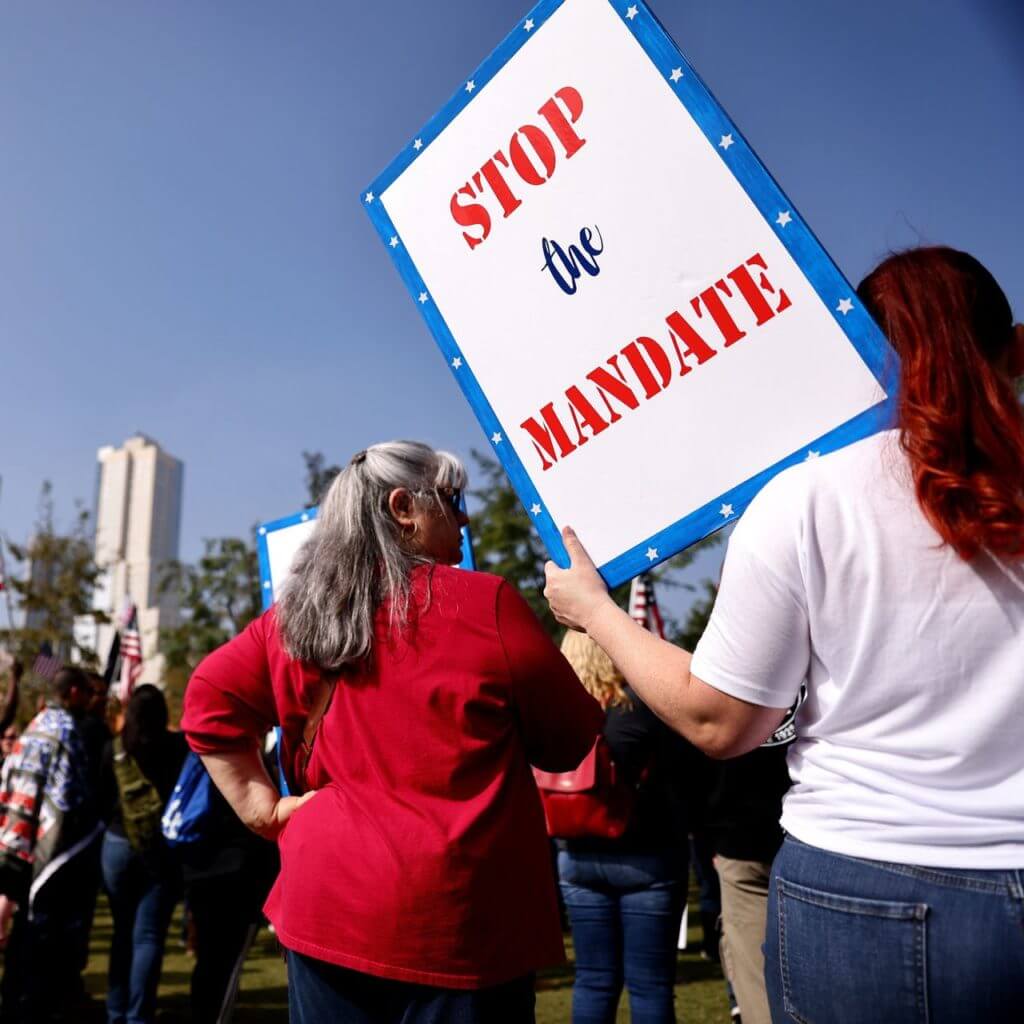Here Is Why the 6th Circuit Reinstated OSHA’s Vaccine Mandate—and Why One Judge Disagreed

When the U.S. Court of Appeals for the 6th Circuit reinstated the Biden administration’s vaccine mandate for private employers on Saturday, two members of the three-judge panel were clearly unimpressed by the legal arguments against that policy. But dissenting Judge Joan Larsen thought the businesses and employees challenging the mandate were likely to prevail in arguing that the Occupational Safety and Health Administration (OSHA) had failed to meet the statutory requirements for its “emergency temporary standard” (ETS). Larsen’s argument with Judge Jane Stranch, who wrote the majority opinion, and Judge Julia Gibbons, who joined it, hinges largely on the question of how carefully OSHA must tailor its responses to the workplace dangers it perceives.
OSHA’s ETS, which it published on November 5, demands that companies with 100 or more employees require them to be vaccinated against COVID-19 or wear face masks and undergo weekly virus testing. The U.S. Court of Appeals for the 5th Circuit stayed the ETS on November 6, citing “grave statutory and constitutional issues.” The 5th Circuit extended that stay a week later, when it said the mandate is “fatally flawed” because it “grossly exceeds OSHA’s statutory authority.”
After that ruling, the many lawsuits challenging the mandate were consolidated and assigned by lottery to the 6th Circuit, which the Biden administration asked to lift the 5th Circuit’s stay. In doing so, the 6th Circuit majority criticized the other appeals court for reaching hasty conclusions unsupported by precedent and for failing to properly consider the evidence that OSHA presented in favor of its mandate.
An emergency standard allows OSHA to circumvent the usual rule making process by publishing regulations that take effect immediately. But to avoid the public notice, comment, and hearing requirements that ordinarily apply to OSHA rules, the agency has to identify a “grave danger” to employees “from exposure to substances or agents determined to be toxic or physically harmful or from new hazards.” It also has to show the emergency standard is “necessary to protect employees from such danger.”
In her 6th Circuit majority opinion, Stranch has little trouble concluding that COVID-19 qualifies as an “agent” that is “physically harmful.” Citing the Merriam-Webster Collegiate Dictionary, she says “an ‘agent’ is ‘a chemically, physically, or biologically active principle,'” while “a virus is defined, in part, as ‘any [of a] large group of submicroscopic infectious agents.'” – READ MORE





Responses